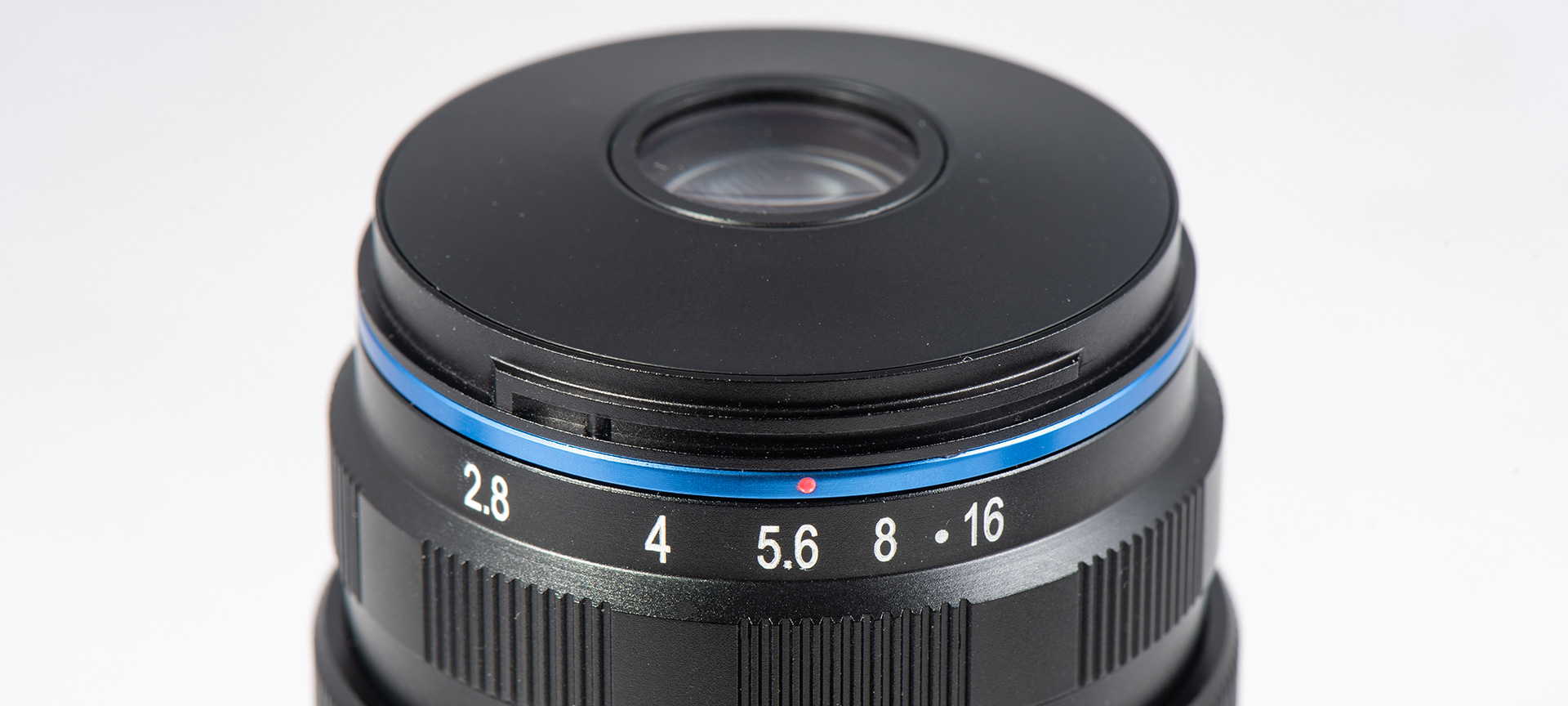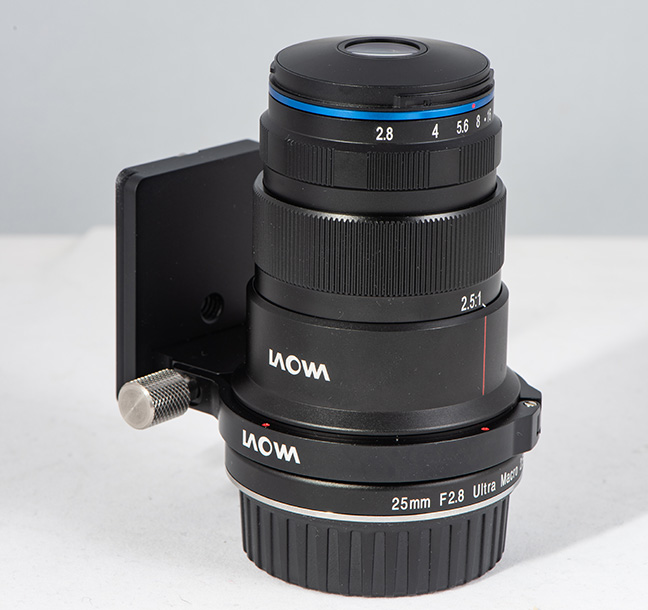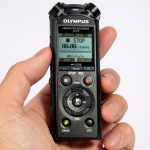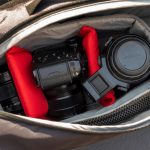
Laowa 25mm f/2.8 2.5-5x Ultra Macro test: little lens, mighty macro
Posted on Oct 16, 2018
For years, lens makers have been abusing the word ‘macro’, adding it to any lens with a half-decent close focusing distance. But macro should mean that a lens can focus close enough to give a life-size or 1:1 magnification. This means that if you photograph, say, an SD card which measures 15x11mm, then the image will appear that size on the sensor. A half life-size or 1:2 ratio would give a 7.5×5.5mm image.
This Laowa lens delivers 2.5x to 5x lifesize so it’s ideal for keen close-up photographers, and attractively priced at £399. I tried it with its dedicated tripod collar which has an Arca Swiss compatible foot, costing £34.50 extra.
The lens is very compact, so small in fact that it looks out of place on a full-frame Nikon D810 body. While the tripod collar is useful, the centre of gravity of the camera/lens is just about in favour of the body, so you might prefer the camera fixed to the tripod.
You’ve probably used a typical macro lens where you get focusing from infinity down to its minimum focusing distance, so ideal for scenics, portraits and general shooting. You don’t get this versatility with the Laowa lens – it only focuses at 17.3cm at 5x and 23.4cm at 2.5x. That’s it, and there’s no focusing barrel. This lens is a one-trick pony – but what an impressive trick.

All you get is a magnifying barrel and to focus means moving the camera back and forth. You need to get in physically close, too. At 2.5x the lens front is just 4.5cm from the subject and 4cm at 5x, and that can make getting light on to your subject a challenge but here a ringflash can be a godsend. The film plane to subject distance also changes as magnification alters – from 17cm at 2.5x to 20.5cm at 5x. The lens barrel extends, too, by about 5.4cm as you increase magnification from
2.5x to 5x.
The lens has a manual aperture control so the optical viewfinder gets dark as you stop down. In practice, composing and focusing even at f/4 and f/5.6 can be a challenge and by the time you get to f/8 and beyond it is nigh on impossible. Using the D810’s live view is easier and viewing and focusing is fine at f/8.
Using the lens handheld is possible but isn’t easy and you need steady hands and fast shutter speeds to get sharp natural light shots.
Optically, the results you can get from this lens – when everything goes right – are very good, especially with sharpness at the centre of the frame. I did shots at 2.5x and 5x and I’d be happy with the results from f/2.8 down to f/8. Given the issues of using f/11 and f/16 that works out fine and you can enjoy plenty of crisp detail at the wider settings. But actual lens quality is not that much of an issue – you are more likely to get failures due to poor technique than the lens’s skills. You can’t say that this is an easy lens to use because it’s not. But once you have learned some skills and discovered a method of working that delivers results, then you can get some amazing shots.
Verdict:
The Laowa 25mm f/2.8 2.5-5x Ultra Macro is a remarkable lens and great value at £399. But it is not a lens for everyone. Working at such close distances and high magnifications is a challenge. This isn’t just with focusing but also with camera shake and, with live subjects, the issues of movement and the very limited depth-of-field. However, when all is said and done, if you yearn to explore the world of extreme close-up photography, this Laowa lens is a great and affordable way to start getting involved.
Pros: Great price, compact, high image quality, offers fresh creative challenges
Cons: Manual aperture gives dark viewfinder image, making composing and focusing tricky
| Price | £399 |
| Format | 35mm and APS-C |
| Mount | Canon, Nikon, Pentax K, Sony FE |
| Construction | Eight elements in six groups |
| Special lens elements | One low-dispersion element |
| Filter size | Not applicable |
| Aperture range | F/2.8-22 |
| Diaphragm | Eight blades |
| Internal focus | N/A |
| Manual focus | Manual only |
| Minimum focus | 17.3cm at 5x, 23.4cm at 2.5x |
| Working distance | 40mm at 5x, 45mm at 2.5x |
| Focus limiter | No |
| Maximum magnification | 5x lifesize |
| Distance scale | No. There is a magnification scale |
| Depth-of-field scale | No |
| Image stabiliser | No |
| Tripod collar | Supplied |
| Lens hood | No |
| Weather-sealed | No |
| Dimensions | 82x65mm. Increases to 137mm when extended |
| Weight | 400g |
As featured in issue 59 of Photography News.




